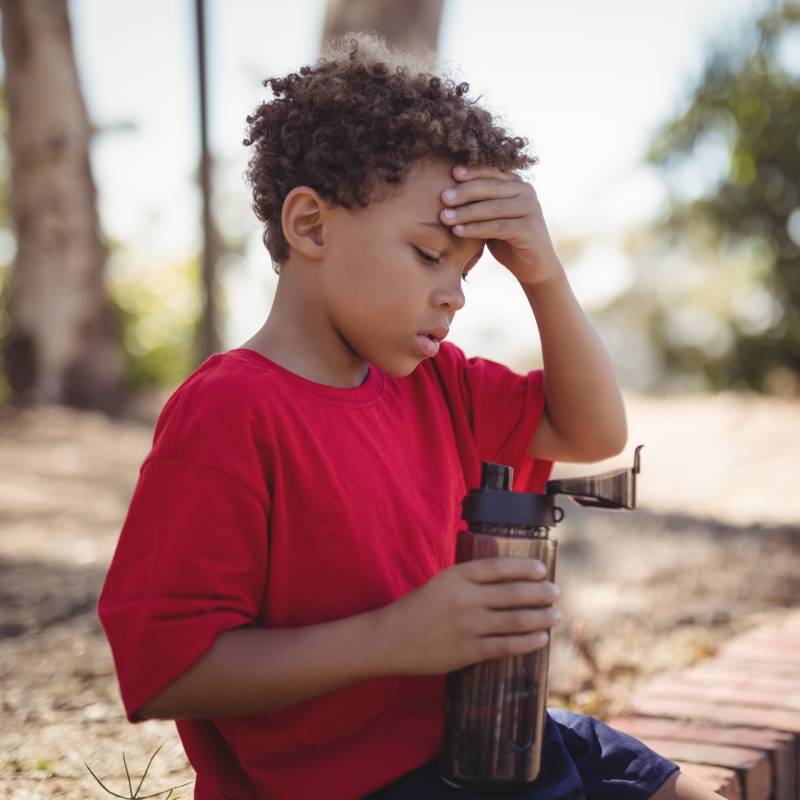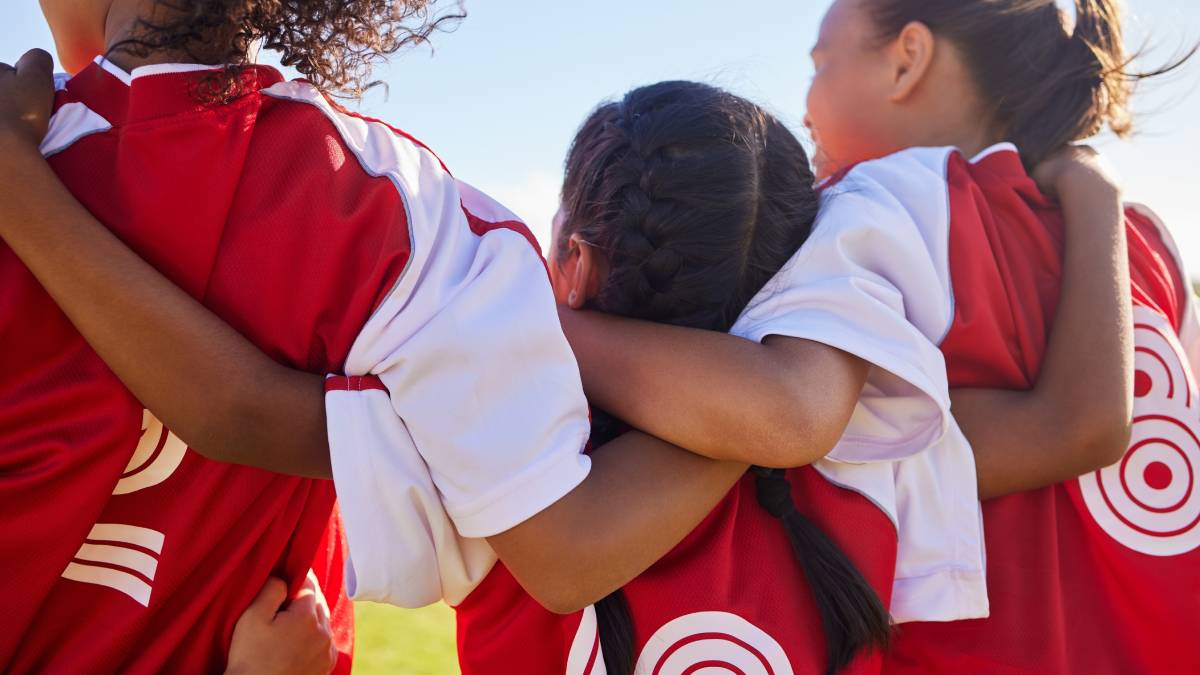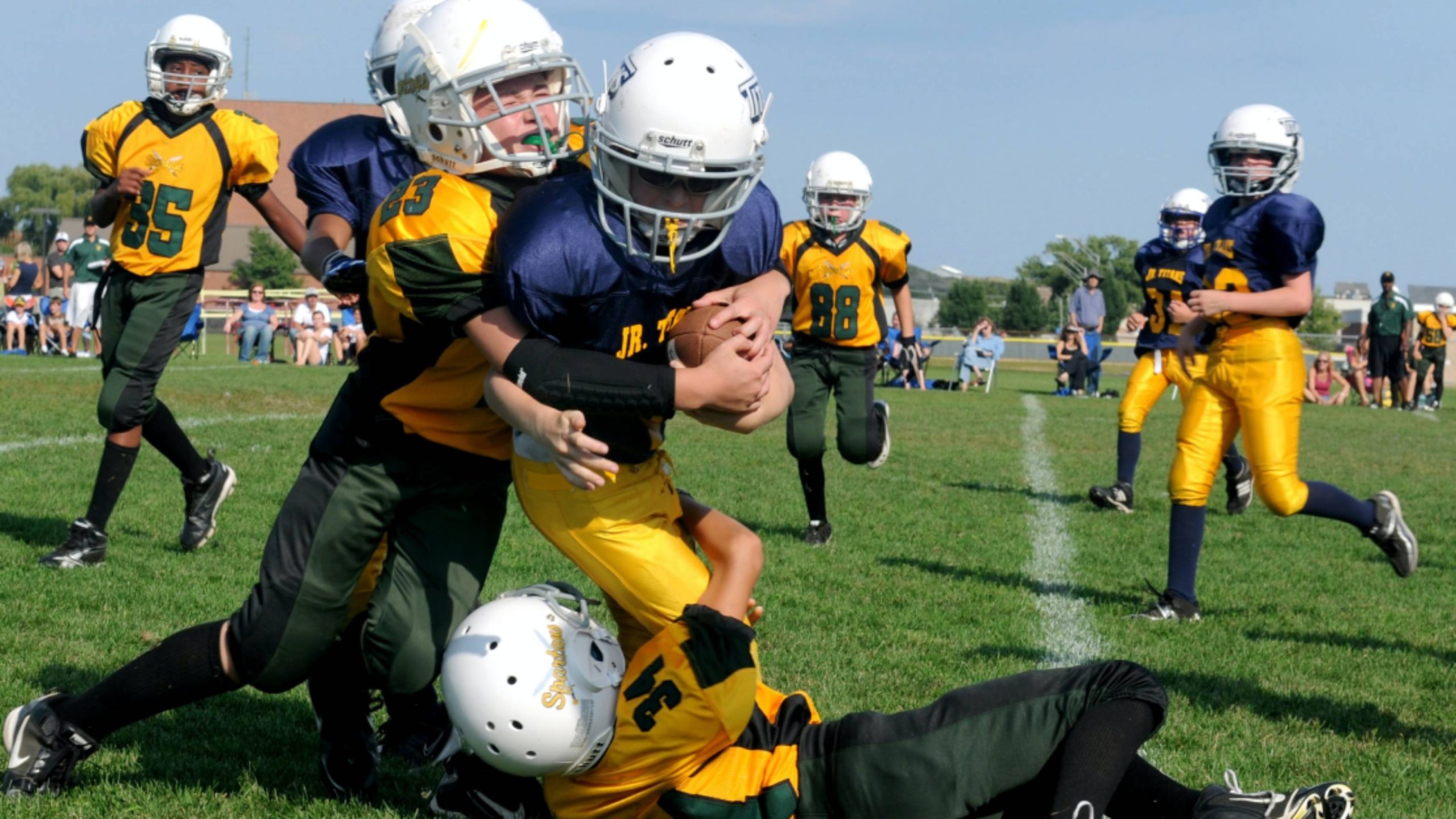Sport and heatwaves: How to adapt and protect athletes

Heatwaves pose a major challenge for outdoor athletes. When temperatures rise, it’s crucial to take measures to ensure the safety and well-being of athletes. This article explores how to adapt sports activities during a heatwave, prevent heatstroke, and when to cancel activities.
How to avoid heatstroke during a game or practice
Heat stroke is one of the most serious risks during a heatwave. It occurs when the body overheats and can no longer cool itself effectively. To prevent it:
- Hydration: Make sure athletes hydrate well before, during and after exercise. Encourage regular breaks to drink water or electrolyte drinks.
- Light clothing: Wear light, breathable, light-colored clothing. Synthetic materials such as polyester are often more effective at wicking away sweat.
- Avoid peak hours: Schedule workouts early in the morning or late in the evening when temperatures are cooler.
- Take frequent breaks: Incorporate frequent breaks in the shade to allow athletes to cool down.
Adapting a game or practice during a heatwave
On hot days, extreme temperatures can turn a pleasant sporting activity into a dangerous situation. It’s essential to adapt games and practices to minimize risks and ensure the safety of participants. Here are a few strategies to follow:
- Reduce duration: Reduce the duration of training sessions or games to limit exposure to heat.
- Multiply breaks: Add extra breaks to allow players to hydrate and rest.
- Change the format: If possible, modify game formats to make them less intense. For example, switch to less competitive games or low-intensity exercises.
- Use cool towels: Provide cool towels to help players cool off quickly during breaks.
When is it dangerous to hold a training session or game?
As temperatures rise, it becomes crucial to know when it’s too risky to maintain physical activity. Recognizing heat-related danger signs can prevent potentially serious situations. Here are some criteria for assessing risk:
- High temperature and humidity: High temperature combined with high humidity increases the risk of heat stroke. Monitor the heat index to assess risk.
- Symptoms of heat stress: If athletes show signs of heat stress (dizziness, nausea, confusion), stop the activity immediately.
- Lack of safety measures: If adequate hydration and break conditions cannot be met, it’s best to postpone or cancel the activity.
- Physical condition of participants: Assess participants’ state of health. Young children, the elderly or those with pre-existing medical conditions are particularly vulnerable, and it may be dangerous for them to participate in extreme heat.
- Public health alerts: If extreme heat alerts are issued by local authorities or public health departments, it’s best to cancel or postpone the sporting activity.
When to cancel all games or practices
Cancelling sports activities is a difficult decision to make, but it becomes imperative in the event of an extreme heatwave to protect the health and safety of participants. Several factors need to be taken into account to make the right choice:
- Weather forecast: If the forecast calls for dangerously high temperatures with no sign of cooling, it’s best to cancel.
- Health risk: If the risk to athletes’ health is high and safety measures are inadequate, caution is called for.
- Expert advice: Follow the recommendations of public health authorities and sports organizations that monitor weather conditions.
- Lack of cooling equipment: If you don’t have access to adequate cooling equipment such as sprays, fans or water points, it’s safer to cancel sports activities.
- Feedback from players and parents: If players, parents or coaches express significant concerns about heat-related safety, it’s prudent to take these opinions into account and cancel events.
The problems of high-temperature exercise
Exercising in hot weather can cause a number of health problems. Understanding these risks is essential to ensuring athletes’ safety and adapting practices accordingly. Here are some of the main dangers:
- Dehydration: Excessive sweating can cause rapid loss of fluids and electrolytes, leading to dehydration.
- Heat stroke: The risk of heat stroke increases, potentially putting athletes’ lives at risk.
- Cardiovascular stress: Exercising at high temperatures places additional stress on the heart, which can be dangerous, especially for people with pre-existing medical conditions.
- Fatigue and performance: Extreme heat can reduce performance and increase fatigue, which can also increase the risk of injury.
Importance of active supervision by coaches
Children, especially young ones, may not understand the importance of signalling when they feel unwell or need to drink water. Their enthusiasm to continue playing, even in hot weather, can expose them to serious risks such as heatstroke. So it’s vital that coaches and parents take proactive steps to ensure their safety.
Coach vigilance
Coaches need to be particularly attentive to signs of thermal distress in children. Here are some key points:
- Continuous observation: Coaches should constantly monitor children for signs of dehydration or heat stroke, such as excessive fatigue, dizziness, confusion or red, hot skin.
- Encouraging children to drink: It’s crucial to regularly encourage children to drink water, even if they don’t yet feel thirsty. Hydration breaks should be frequent and
- Clear communication: Children should be informed of the importance of reporting any discomfort or heat symptoms immediately. Use simple terms and repeat instructions often.
The role of parents
Parents also play a crucial role in ensuring that their children are well hydrated and safe:
- Education and preparation: Talk to your children about the dangers of the heat and the importance of drinking water regularly. Encourage them to inform the coach if they feel unwell.
- Confidence in the trainer: Make sure the trainer is aware of his or her responsibilities and able to spot the signs of heatstroke. As a parent, you need to be able to trust the trainer to monitor and protect your children.
- Rapid intervention: Be ready to intervene quickly if you notice signs of distress in your child. Inform the coach and remove your child from the activity if necessary.
Safety a priority during the heatwave
In conclusion, managing sports activities during a heatwave requires heightened vigilance and specific adaptations to protect athletes. By following these tips, coaches and players can continue to enjoy sport safely, even in extreme temperatures.
Karl Demers

On the same subject
In the world of sport, where passion and dedication shape young athletes, their safety and well-being must remain paramount. As parents, […]
Concussions are a major cause of serious injury in athletes, although they can also occur during everyday activities.
Of course, all sports carry a risk of injury. This is even truer when it comes to team sports.


